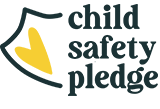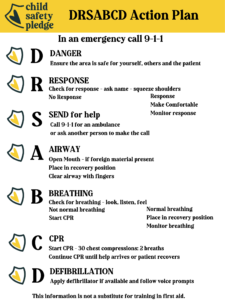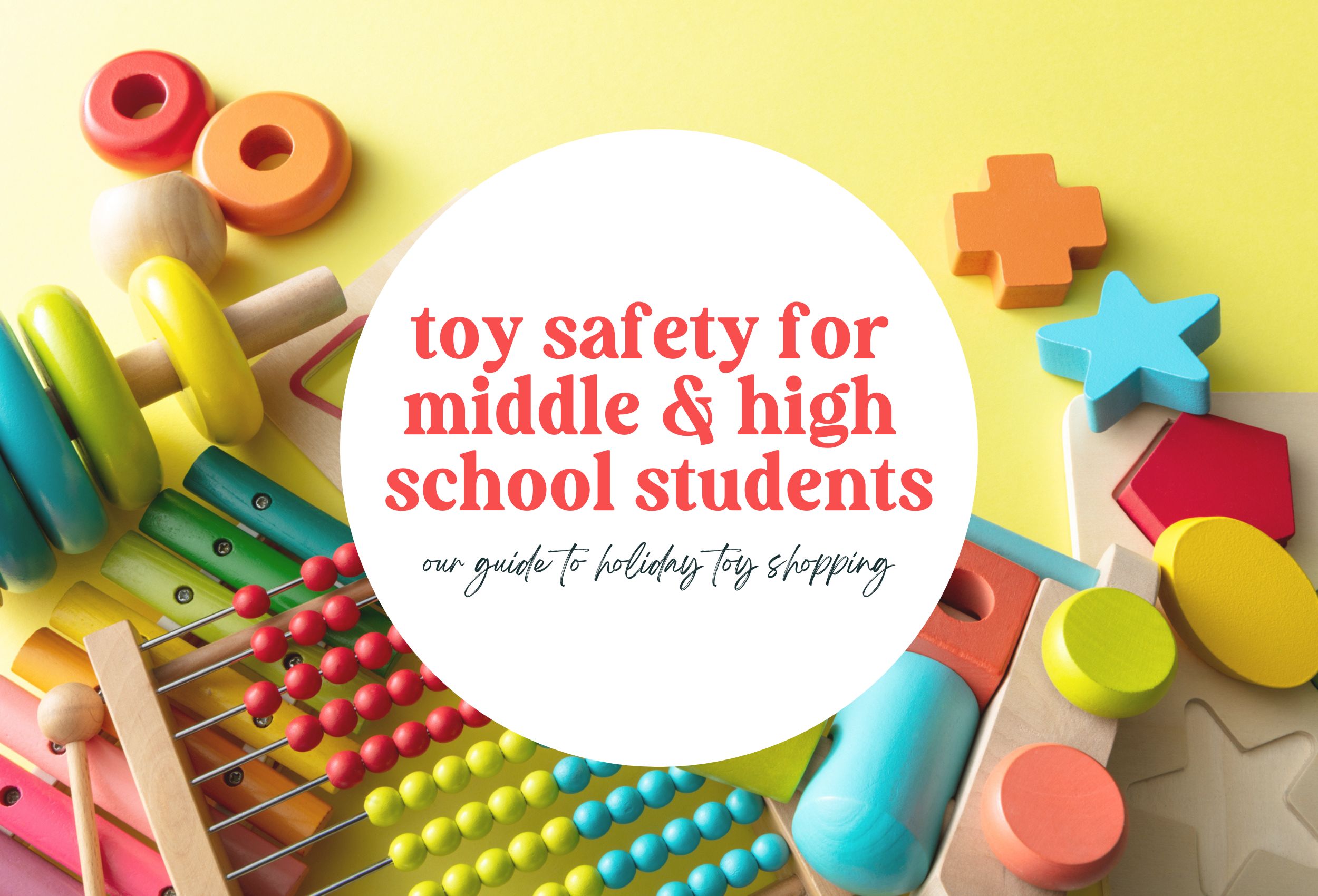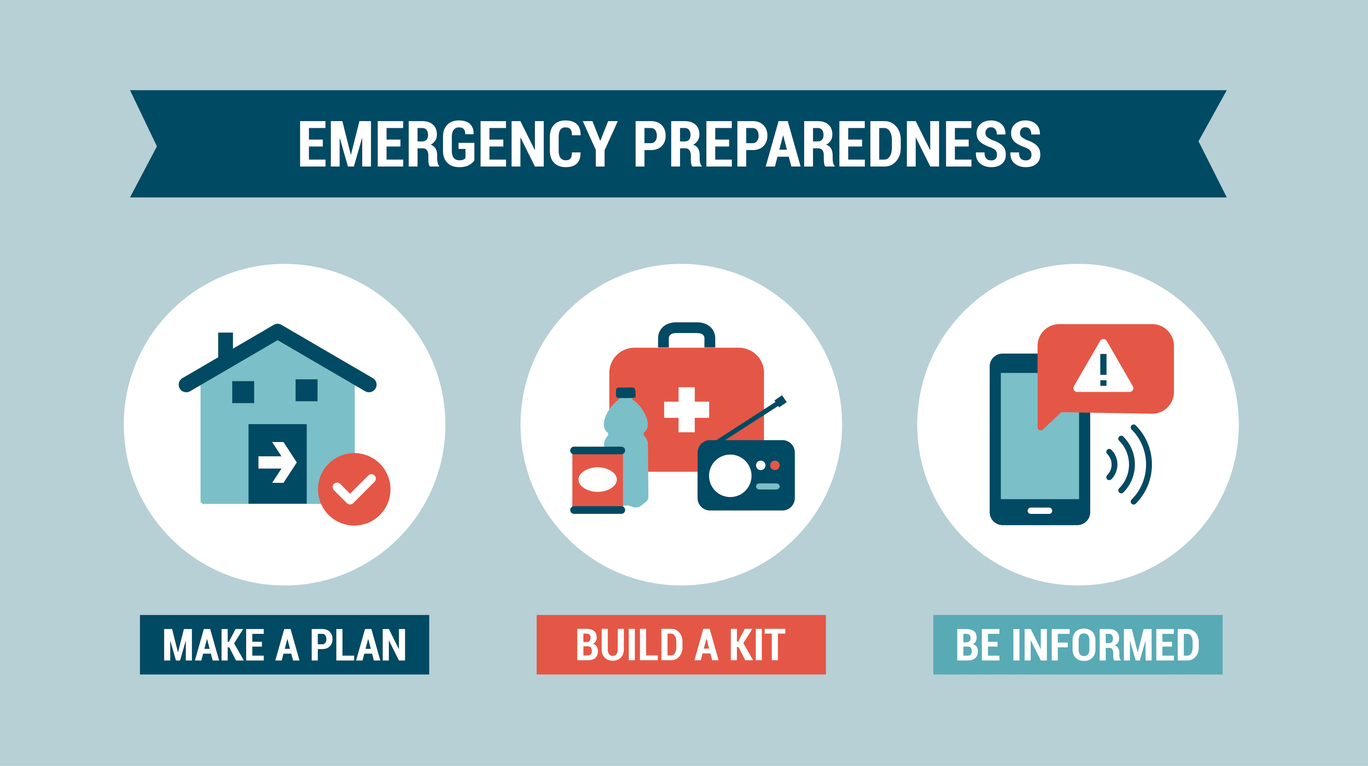As a parent, it is your job to keep your children safe and healthy. But what if an emergency happens when you are not around? From a young age, children are taught to call 911 in an emergency situation. But what happens between making the call and the paramedics’ arrival can be the difference between life and death.
With teens wanting more freedom and less supervision, it is important that they are prepared for an emergency. Taking an accredited first aid course can help teach teens lifesaving skills (not to mention pad their resume!). However, if taking a course is not possible, we have the next best thing – quick tips!
-
Bleeding control
Generally, bleeding is of a minor nature and includes small cuts or grazes. Bleeding can be severe and life threatening if a large vein or artery has been injured. To treat a bleeding wound, teach your teen to apply firm pressure over the wound. They should then use a clean bulky pad and apply it firmly with hand pressure before applying a bandage to keep the dressing in place.
If there is a foreign body embedded in the wound, they should not remove it but instead apply padding on either side of the object. Be careful not to touch or move the object as much as possible, that makes it painful. The padding should be built up to avoid pressure on the foreign body. Hold the padding firmly in place with a roller bandage or folded triangular bandage applied in a crisscross method to avoid pressure on the object. If the bleeding is severe or there is a foreign object in the wound, the injured person should be taken to the hospital.
-
Fire game plan
Your teen may know how to stop, drop, and roll…but do they know what to do if the fire alarm sounds in the middle of the night? Regularly review the fire plan with all of your children, including reminding them of the designated meeting place, the location of any fire escape ladders, how to deploy ladders, and most importantly to get out of the fire as quickly as possible. Be sure your plan also includes where to meet once everyone is out of the house.
-
Bites and Stings
Most insect bites and stings are mild and can be treated at home. They might cause itching, swelling and stinging that go away in a day or two. Some bites or stings, however, can transmit disease-causing bacteria, viruses or parasites or cause a severe allergic reaction.
For a mild reaction, your teen should assess the bite or sting and remove any stingers that may still be there. They should then gently wash the area with soap and water before applying a cloth dampened with cold water or filled with ice. Leave it on the area of the bite or sting for 10 to 20 minutes to help reduce pain and swelling.
If the reaction is severe, your teen should call 911. Signs of a severe reaction include trouble breathing, swelling, dizziness, fainting, unconsciousness, a weak and rapid pulse, hives, nausea, vomiting, or diarrhea.
-
Choking
Choking occurs when a foreign object lodges in the throat or windpipe, blocking the flow of air. The universal sign for choking is hands clutched to the throat, but you might identify choking through an inability to speak, difficulty breathing or noisy breathing, squeaky sounds when trying to breathe, coughing, skin turning blue, skin looking flushed or blueish, or loss of consciousness.
If the person is able to cough forcefully, the person should keep coughing. If they cannot cough, your teen should call 911. While waiting for the paramedics, they should give five back blows by standing to the side or just behind the choking adult – if it is a child who is choking, they should kneel down behind them. They should then place one arm across the person’s chest for support and bend the person over at the waist so that the upper body is parallel with the ground.
Once in position, your teen should deliver five separate back blows between the person’s shoulder blades with the heel of their hand. After delivering five back blows, they should switch to chest thrusts if the blockage has not been cleared. This is done by placing one hand in the middle of the person’s back for support and the heel of the other on the lower half of the sternum. Thrusts should be slow and sharp.
If the blockage still has not cleared, they should continue alternating between back blows and chest thrusts until the paramedics arrive.
-
DRSABCD













Comments are closed.